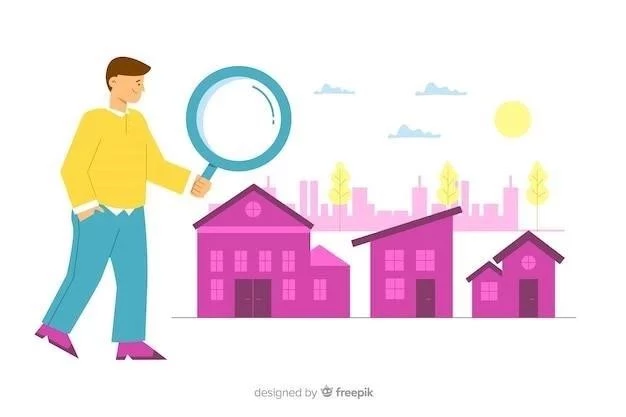Table content
**Housing Accessibility Predicament: An In-Depth Examination of the Statistics**
**Principal Conclusions:**
* The average period of house purchasers in 2024 has risen to 56, a considerable rise of seven years from the prior year, according to the National Association of Realtors (NAR). This increase is mostly because of the continuous growth in accommodation expenditures.
* New house purchasers are struggling more than ever, with their average period now at 38. They represent a simple 24% of overall house acquisitions, a record low.
* Financial experts are sounding the warning, indicating the NAR information as apparent proof of a consistent housing accessibility predicament in the United States.
**The Accessibility Problem:**
Housing accessibility stays a substantial impediment for several Americans. Current information points paint a raw image of the difficulties dealt with by potential house owners.
According to the NAR, the average period of house purchasers has actually been progressively enhancing over the years, but current degrees are the highest in decades. In 2024, the average period reached a record high of 56.
**The Statistics Do Not Misrepresent:**
The information plainly reveals that increasing accommodation expenditures are pressing homeownership unreachable for more youthful people and family members.
**First-Timers Pressed Out:**
Added information from NAR discloses that new house purchasers represented less than a quarter of overall house acquisitions in 2024, the lowest percentage on record.
Robert Frick, company financial expert at Navy Federal Credit Union, highlights the seriousness of the circumstance: “There’s been a huge decrease in the number of new house purchasers, while the average period of all house purchasers has actually substantially enhanced. You now need to be older and wealthier to manage a home.”
**The Earnings-Rate Disconnect:**
House rates proceed their steady climb, with a 3.9% rise in December alone. Home loan rates stay stubbornly high, floating near 7%, additionally increasing the expense of borrowing.
Earnings development merely hasn’t stayed up to date with the soaring expense of homes. According to the current information from the Federal Reserve Bank of Atlanta, a purchaser requires a yearly earnings of $124,150 to manage a median-priced U.S. home, which was $390,333 in January. This is substantially more than the real average yearly earnings of $79,223.
It seems as though the initial stride toward property ownership has been entirely eliminated. Unless we reinstate that initial action, young individuals essentially must triumph in a lottery, achieve wealth through their kin, or secure an exceptionally lucrative occupation merely to acquire even the most fundamental dwelling. Frankly, the entire situation is simply utterly unjust and distorted.”


